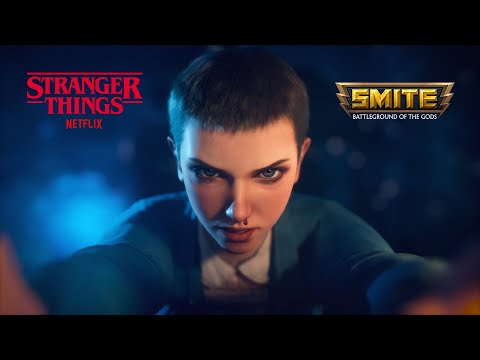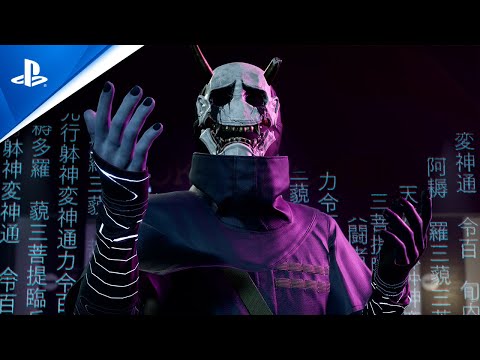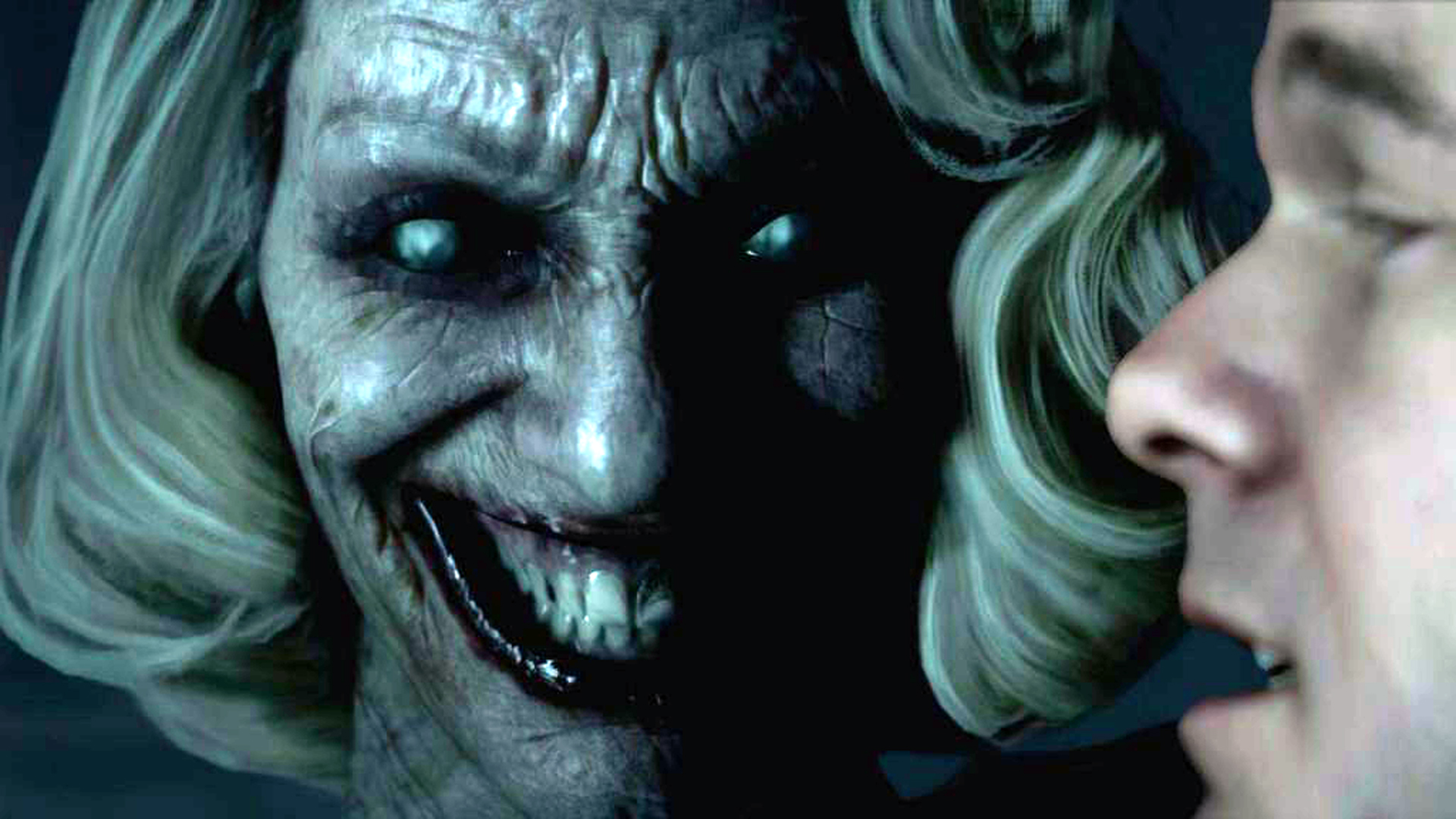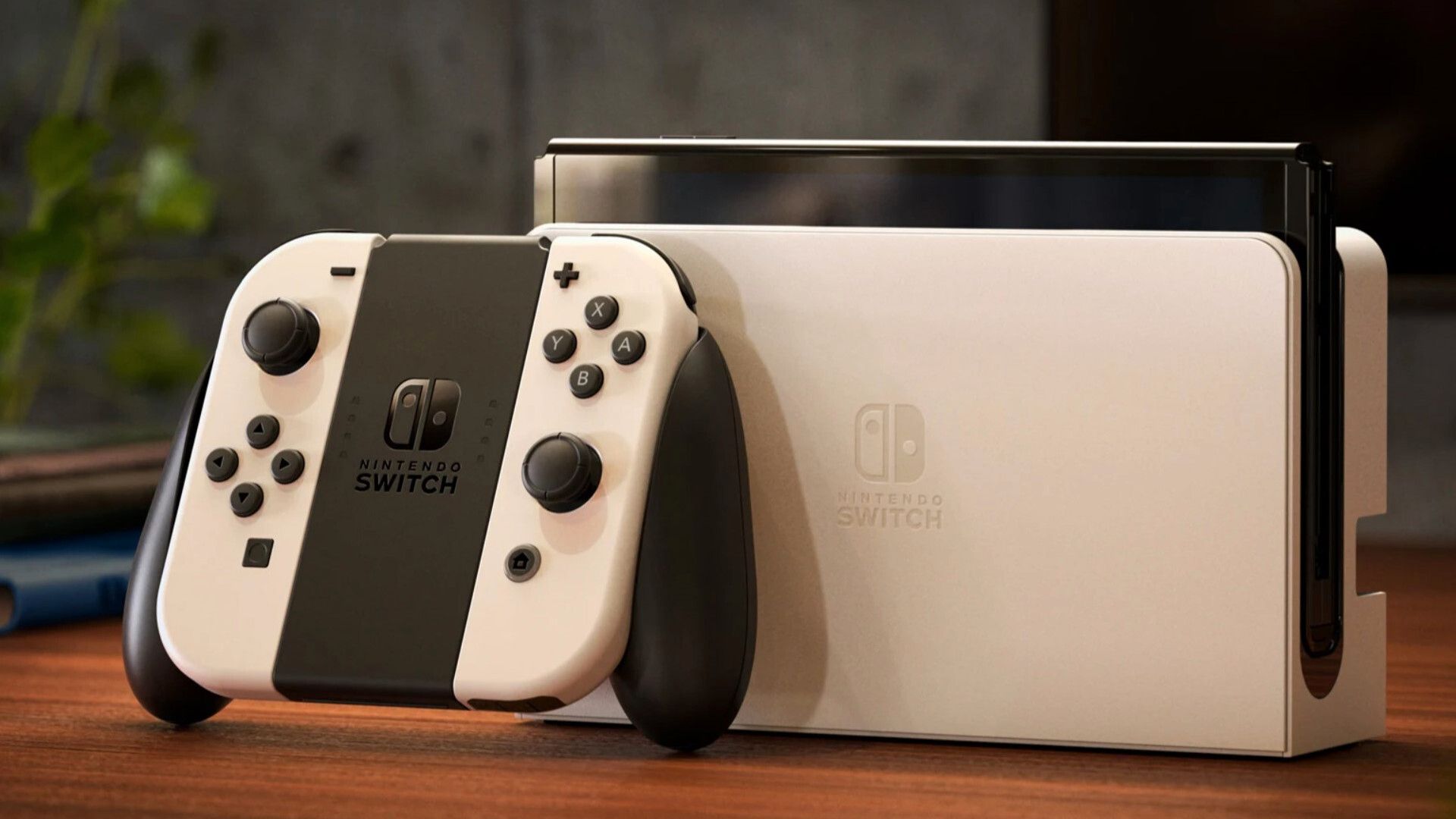
Video game fans have a hard time managing their own expectations. Ahead of its reveal, reports from major outlets painted the Nintendo Switch OLED as a far more capable machine. Yes, we covered the reports too – they came from trusted sources who are usually bang on the money – and for the most part, they were. But plans change. It was rumoured to be capable of improved performance and 4K resolutions that we would never dream of seeing on previous iterations of the console, and the powerful specs to match. That wasn’t meant to be, either because the nature of the pandemic forced Nintendo to change its plans at the last minute, or an enhanced machine was never on the cards to begin with. Either way, what we’re getting in October has already left many underwhelmed, but having spent an hour with the OLED at a recent preview, I think it’s being unfairly dismissed.
After getting my hands on one briefly, I’m convinced the Nintendo Switch OLED is a natural evolution for the family of consoles, a high-end option for both existing owners of the vanilla Switch or Lite and a fancier machine for those who have yet to take the plunge. It’s the best of both worlds, and given the rather negligible price increase when compared to its siblings, Nintendo is offering an accomplished piece of hardware that plays everything you already own but in a way that looks and sounds better than ever. Still, it’s far from perfect, and Nintendo should be scrutinised for failing to address performance problems and the anti-consumer nature of Joy-Con drift, but the reality we’re in right now could be so much worse.
Related: Link And Zelda's Relationship In Skyward Sword Might Be The Series' Best
Nintendo Switch has struggled since day one – performance wise if not sales wise – with The Legend of Zelda: Breath of the Wild dropping frames throughout the majority of combat sequences. Xenoblade Chronicles 2 meanwhile is a blurry, inconsistent mess that deserves so much better. So many exclusives, despite engaging gameplay and phenomenal art design, feel hamstrung by the hardware they’re confined to, and a Switch Pro could have remedied so many of these issues while providing developers with an extra dose of power to push things further. However, this stands the chance of alienating a huge install base of consumers who are eagerly awaiting Breath of the Wild 2 and countless other games, and don’t wish to drop hundreds of pounds on a new console. For the time being, an OLED model feels like a satisfying middle ground.
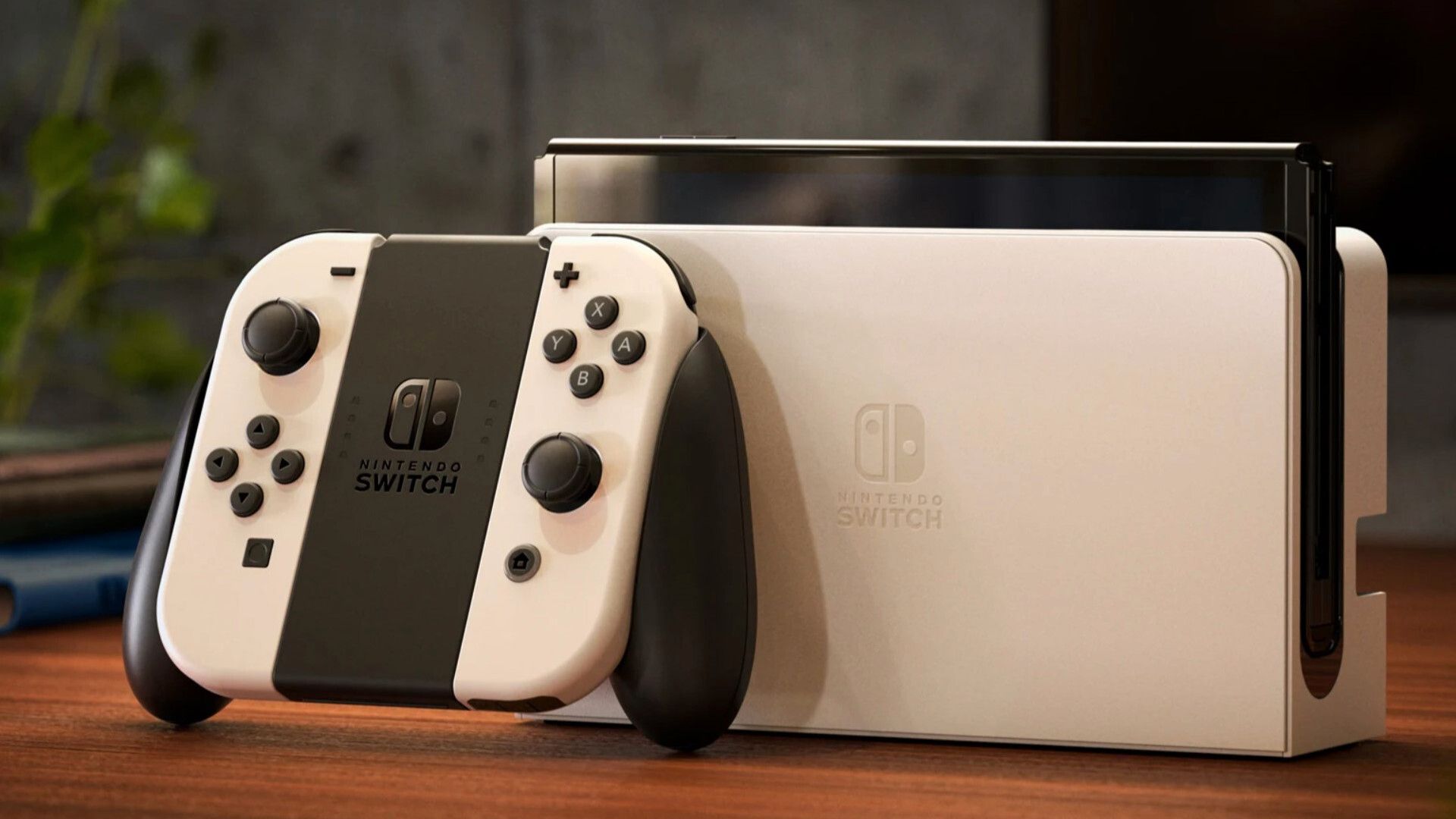
The display is stunning, providing a sense of vibrancy with its colours and brightness that the launch device wasn’t capable of. It’s dull in comparison, with existing games shining on the new screen in a way I never would have expected. As someone dedicated to docked play, the Switch OLED has me tempted to take the Switch seriously as a handheld machine, where previously it played second fiddle to my smartphone and a general disinterest in playing games on the move. I’m the gamer equivalent of a couch potato, content with getting comfy with a controller in my own home instead of whipping out my favourite games on the bus. This new console could change all that, which has really surprised me.
Its dock is a similar step forward, presenting a more attractive version of an existing product with an ethernet port that enables the Switch to be taken more seriously when it comes to online multiplayer. Better yet, the new dock is backwards compatible, so those who don't fancy splurging on a new console can simply pick up the dock and take advantage of its new features. Nintendo isn’t holding back its advancements here, it’s giving consumers an option to either adopt the console in its entirety or pick and choose what they want. Given the OLED model has no advantage in terms of raw specs, you’re paying for the design enhancements and a few extra bells and whistles. You aren’t really missing out, and with the constantly rising number of Switch owners, the company is wise not to shut anybody out.
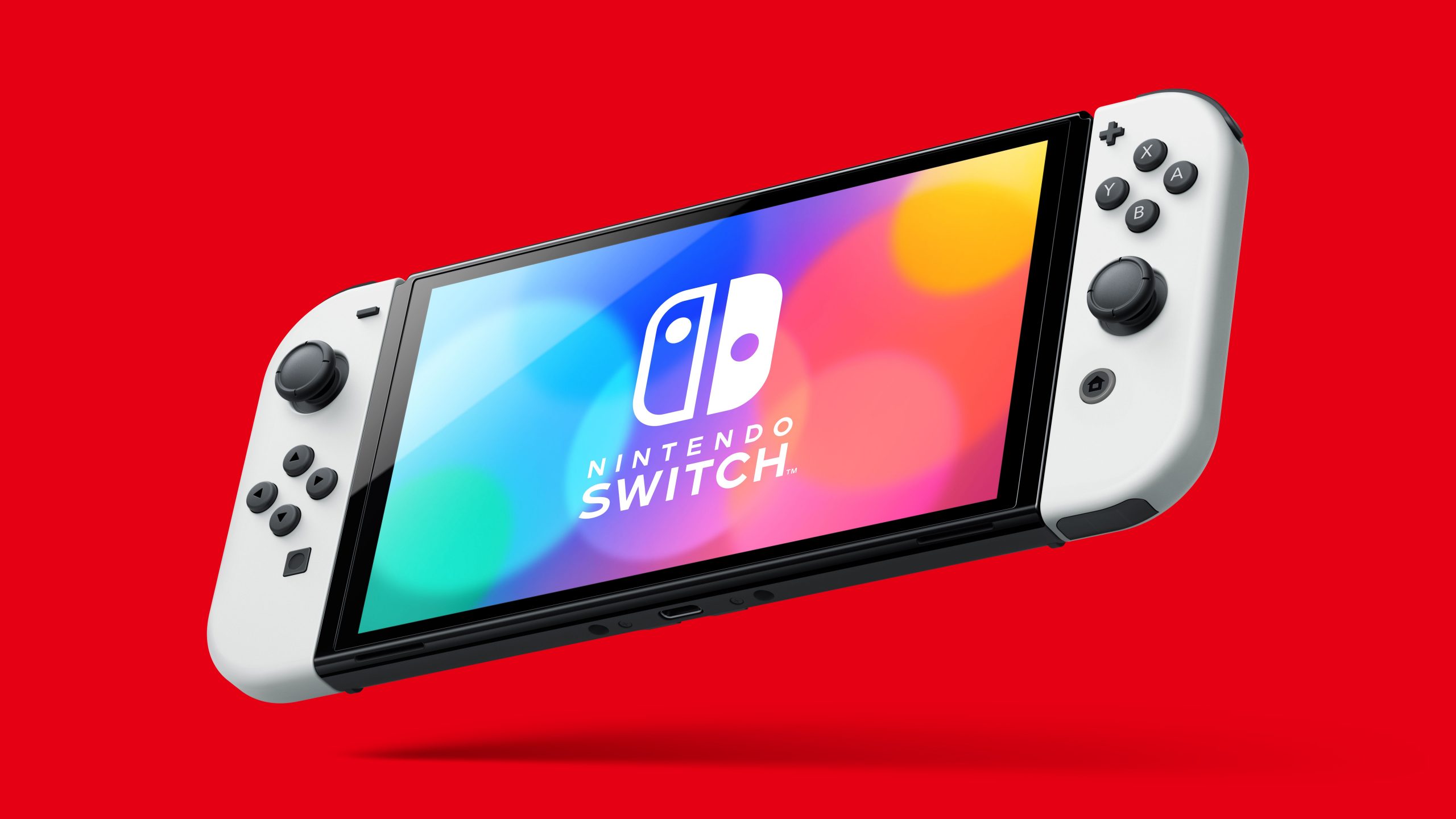
Even if the Nintendo Switch OLED isn’t what you wanted, it remains the correct decision for its parent company to make. The family of consoles now covers a low, middle, and high ground – offering options that take advantage of the experience in a multitude of different ways. I still think we need a Switch Pro, and remain convinced it will emerge eventually, but right now, I’m more than happy with what we’ve got.
Next: Aloy In Genshin Impact Changes Everything
